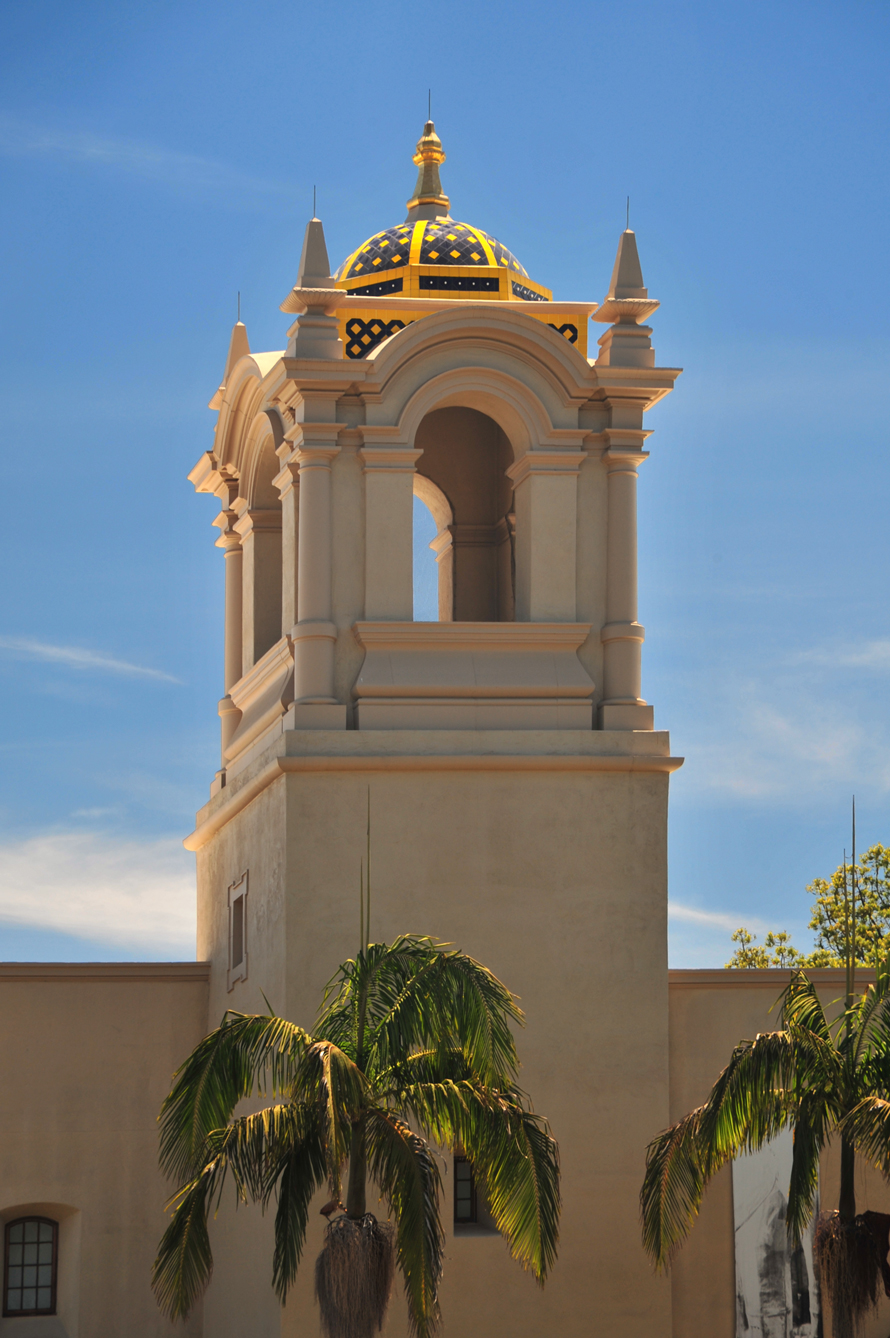|
INTRODUCTION
IN SAN DIEGO, the Golden era of Architectural Art Tile in San Diego began in 1911 with California China Products Company (CCPCo). Founded by Walter Nordhoff and his son Charles (later the coauthor of Mutiny on the Bounty), the company played a pivotal role in decorative tile use in California residential and commercial buildings. Along with partner and mineralogist John H. McKnight, the Nordhoffs formed their company after studying geological conditions in San Diego County, which convinced them that conditions were favorable for manufacturing fine porcelain and china wares. While their original idea was to create porcelain products, it was the team’s brilliant polychromatic Hispano-Moresque style cuenca tile that brought them fame.
CCPCo’s introduction of its cuenca tile coincided with the emergence of the Spanish Colonial Revival movement in Southern California. Despite the company's brief six-year lifespan (1911-1917), it made its mark on tile heritage through innovation, quality, and durability. Based in National City, CCPCo was one of California’s most innovative tile manufacturers at the time. Its matte-finished hard-fired tiles, with rich, deep colors matched by their durability and usefulness outdoors, were well received commercially and set the standard for succeeding generations of tile makers.
California China Products may be San Diego's hometown favorite, but most tiles used in public spaces and private residences came from other companies, such as Batchelder; Claycraft; Gladding, McBean; S&S; Taylor; D&M; Malibu; and Catalina potteries, among others. Leading San Diego architects such as Richard Requa and Lilian Rice, and builder-designer Cliff May made great use of D&M and Batchelder tiles.
Using decorative tiles inside homes was already a popular expression of artistic taste in late Victorian and the Arts and Crafts eras’ architecture. However, it was during the Spanish Revival period that the use of tile truly exploded in Southern California, as architects saw how tile allowed them to introduce color, pattern, and design that also stood up to the natural outdoor elements.
Betram G. Goodhue’s comprehensive architectural vision for San Diego's 1915 Panama-California Exposition in Balboa Park launched the popular Spanish Colonial Revival movement. By the 1920s and '30s, when many of San Diego's historic neighborhoods (such as Loma Portal, Kensington, and Talmadge) were developed, it was the architectural style of choice.
Along with the expo's design influence, home decorating magazines, architects, and real estate developers endorsed and popularized Spanish, Mexican, and Moorish themes. Functional as well as aesthetically pleasing, thousands of tiles still surround windows, cover walls and benches, form fountain spouts and line their basins, and adorn stair risers indoors and out. We are fortunate indeed that thanks to historic preservation, such decorative splendor survives for our enjoyment in Balboa Park and intrinsic to iconic civic landmarks, such as the Santa Fe Depot and the County Administration Building, all these decades later.
|

